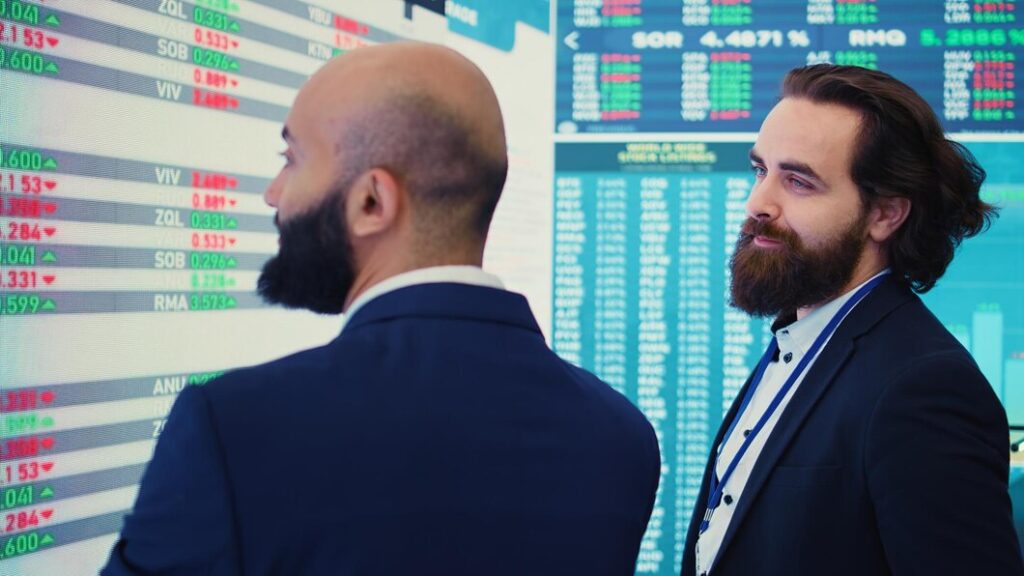Forex trading, or foreign exchange trading, is the global marketplace for buying and selling currencies. It is one of the largest and most liquid financial markets in the world, with trillions of dollars traded daily. Whether you are looking to make a quick profit or invest for the long term, understanding the basics of forex trading is essential. This article will explore how forex trading works, key concepts, strategies for success, and tips for beginners.
What is Forex Trading?

At its core, forex trading involves exchanging one currency for another in hopes of making a profit from fluctuations in their exchange rates. For example, if you believe that the euro will strengthen against the US dollar, you would buy euros with dollars. If your prediction is correct and the euro appreciates, you can then sell your euros back for more dollars than you initially spent.
How Does Forex Trading Work?
Forex trading operates through currency pairs, which consist of a base currency and a quote currency. The base currency is the first listed currency in a pair (e.g., EUR in EUR/USD), while the quote currency is the second (e.g., USD). The exchange rate tells you how much of the quote currency you need to purchase one unit of the base currency.
Example: If EUR/USD is quoted at 1.20, it means 1 euro can be exchanged for 1.20 US dollars. If you expect the euro to rise in value relative to the dollar, you would buy euros at this rate.
Key Concepts in Forex Trading
- Pips: A pip (percentage in point) is the smallest price move that a given exchange rate can make based on market convention. For most currency pairs, a pip is typically 0.0001.
- Bid and Ask Price: The bid price is what you receive when selling a currency pair, while the ask price is what you pay when buying it. The difference between these two prices is known as the spread.
- Leverage: Forex trading often involves using leverage, which allows traders to control larger positions with smaller amounts of capital. While leverage can amplify profits, it also increases risk.
- Margin: Margin refers to the amount of money required to open a leveraged position. For example, if your broker requires a 5% margin on a trade worth $10,000, you would need to deposit $500.
- Types of Orders: Traders can place different types of orders:
- Market Order: Buy or sell immediately at current market prices.
- Limit Order: Buy or sell at a specified price or better.
- Stop-Loss Order: Automatically close a position at a predetermined price to limit losses.
Strategies for Successful Forex Trading
- Technical Analysis: Many traders use charts and technical indicators to analyze price movements and identify trends. Common indicators include moving averages, Relative Strength Index (RSI), and Fibonacci retracement levels.
- Fundamental Analysis: This involves evaluating economic indicators such as interest rates, inflation rates, and employment data to predict currency movements based on economic conditions.
- Risk Management: Successful forex traders implement risk management strategies to protect their capital. This includes setting stop-loss orders and only risking a small percentage of their trading account on each trade.
- Developing a Trading Plan: A well-defined trading plan outlines your goals, strategies, risk tolerance, and criteria for entering and exiting trades. Sticking to your plan helps maintain discipline during trading.
Conclusion
Forex trading offers exciting opportunities for those willing to learn its intricacies and develop effective strategies. By understanding how forex works—along with key concepts like pips, leverage, and types of orders—you can navigate this dynamic market more confidently. Remember that successful trading requires continuous education, practice, and disciplined risk management.
Frequently Asked Questions (FAQs)
1. What is forex trading?
- Forex trading involves buying and selling currencies in pairs to profit from changes in exchange rates.
2. How does leverage work in forex?
- Leverage allows traders to control larger positions with less capital; however, it also increases potential losses.
3. What are pips?
- Pips are the smallest price movements in forex; they typically represent a change of 0.0001 in most currency pairs.
4. How do I start trading forex?
- To start trading forex, choose a reputable broker, open an account, fund it, and begin practicing with demo accounts before risking real money.
5. What are the risks associated with forex trading?
- Risks include market volatility, leverage-related losses, economic events impacting currencies, and emotional decision-making.
6. What is technical analysis?
- Technical analysis involves analyzing historical price data using charts and indicators to forecast future price movements.
7. What is fundamental analysis?
- Fundamental analysis evaluates economic indicators and news events that may influence currency values.
